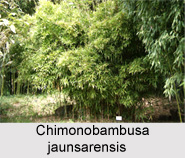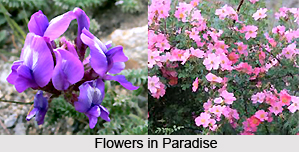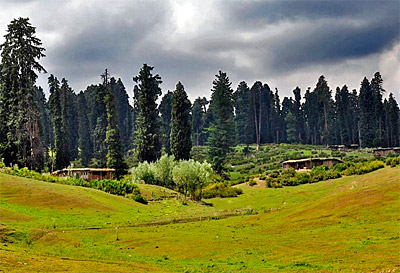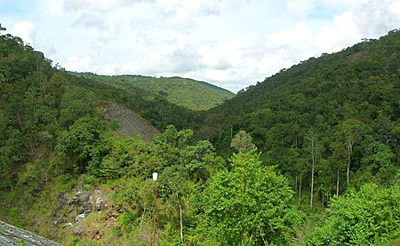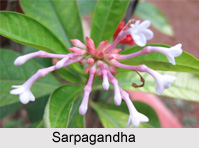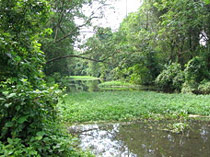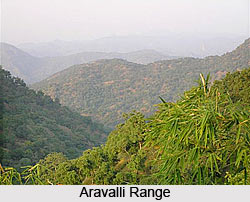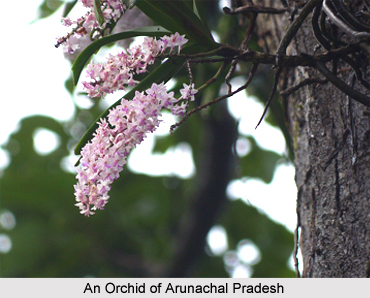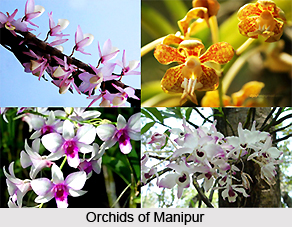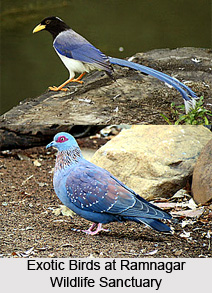 Ramnagar Wildlife Sanctuary, located about 6 kilometres away from Jammu city of the Indian state Jammu and Kashmir, is spread over the majestic Himalayan terrain encompassing a distance of 31 kilometres. Its altitude varies from 430 to 611 meters above the seal level. The place is famed for its spectacular natural beauty and serves as an inviting tourist spot, especially for nature lovers. It is the home to a plethora of magnificent birds and rare wildlife. The dense forest of the sanctuary offers an enticing experience of jeep safari spotting the vibrant wildlife in their natural habitat. The place is also a photographer`s delight. However the natural grandeur of the sanctuary can be truly experienced by trekking in the deep forest. The place is also a paradise for avid bird watchers and ornithologists.
Ramnagar Wildlife Sanctuary, located about 6 kilometres away from Jammu city of the Indian state Jammu and Kashmir, is spread over the majestic Himalayan terrain encompassing a distance of 31 kilometres. Its altitude varies from 430 to 611 meters above the seal level. The place is famed for its spectacular natural beauty and serves as an inviting tourist spot, especially for nature lovers. It is the home to a plethora of magnificent birds and rare wildlife. The dense forest of the sanctuary offers an enticing experience of jeep safari spotting the vibrant wildlife in their natural habitat. The place is also a photographer`s delight. However the natural grandeur of the sanctuary can be truly experienced by trekking in the deep forest. The place is also a paradise for avid bird watchers and ornithologists.
Flora and Fauna of Ramnagar Wildlife Sanctuary
Ramnagar Wildlife Sanctuary exhibits a rich biodiversity of flora and fauna including a number of unique species. It hosts about 8 species of mammals including Rhesus Monkey, Wild Boar, Barking Deer, Nilgai and others. Leopards, Brown Bear and Musk Deer can also be seen roaming in the sanctuary. In addition to these, the sanctuary has also recorded around 15 species of birds such as White Cheeked Bulbul, Golden Oriole, Jungle Crow, Red Jungle Fowl, Peafowl, Blue Rock Pigeon, Indian Myna and many more. Many migratory birds also flock at Ramnagar Wildlife Sanctuary. A number of rare plants, herbs and shrubs also grow in the sanctuary.
Visiting Information
Ramnagar Wildlife Sanctuary is well connected with the civilization. The nearest railway station to reach the sanctuary is Jammu railway station, situated at a distance of 8 kilometres, while the nearest airport is also at Jammu, located a few kilometres away. Regular bus facility also conveniently connects the sanctuary with Jammu. Trekking is greatly cherished here, however a little preparation must be taken for the same like trekking shoes, light clothing and raincoats during summer or spring whereas in winters one must carry windcheaters and light sweaters to avoid the chill. Huts have also been built amidst the sanctuary which can also be availed for staying and enjoying an adventurous visit to the sanctuary. For visiting Ramnagar Wildlife Sanctuary, passes must be obtained by the tourists from Regional Wildlife Warden of Jammu.
